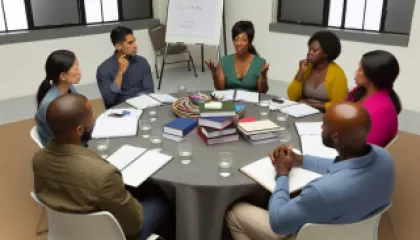Incorporating Mindfulness into Your Daily Routine: A Step-by-Step Guide
1 year ago
Mindfulness in Daily Routines
Applying 'The Silver Linings Playbook' Insights to Mental Health Advocacy
1 year ago
Advocacy in Mental Health
A Beginner's Guide to Starting Drama Therapy
1 year ago
Drama Therapy
Mastering Body Language: The Comprehensive Guide
1 year ago
Body Language Basics
Top 10 Techniques to Sharpen Your Intuition
1 year ago
Developing Intuition
The Path to Healing: My Insights on Recovering from Trauma
1 year ago
Recovering from Trauma
Mastering the Mindset: My Journey to Embracing Success Psychology
1 year ago
Success Psychology
How Can You Effectively Manage Holiday Stress?
1 year ago
Holiday Stress
Rethinking Academic Stress: A Personal Perspective
1 year ago
Academic Stress
10 Psychological Effects of Music on the Human Brain
1 year ago
Psychology Of Music










